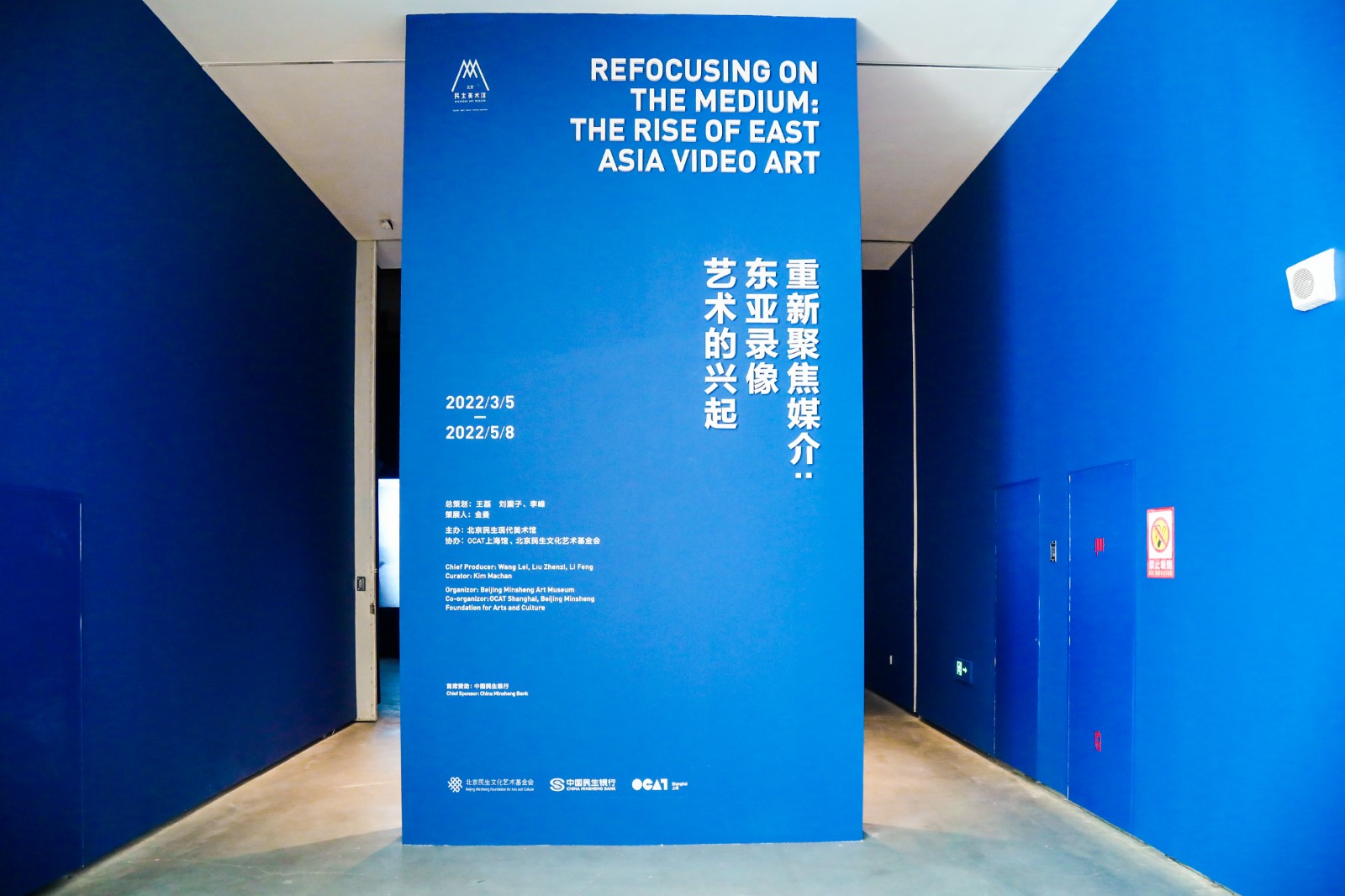 Exhibition View
Exhibition View
Refocusing on the Medium: The Rise of East Asia Video Art is the first exhibition presented by Beijing Minsheng Art Museum to assemble key protagonists that initiated experiments with the medium of video originating from Japan, Korea, China, Taipei and Hong Kong. The exhibition proposes a re-examination of the artists approach to the video medium rising from East Asia and contributes to the global history of video art as a transnational contemporary art medium.

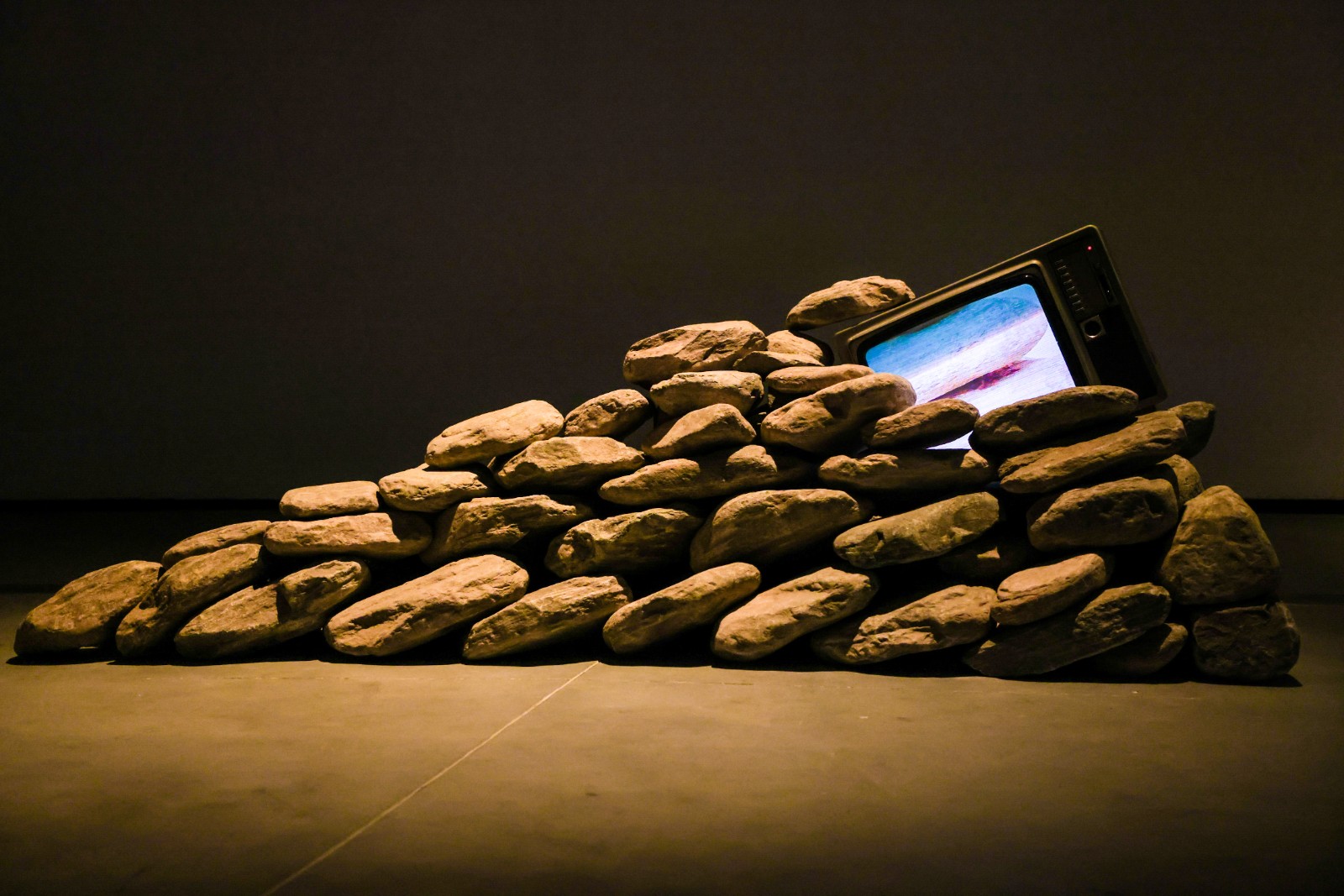 Exhibition View
Exhibition View
Since the Sony Portapak portable video recorder was invented in Japan in 1965, artists on every continent gained access and have contributed to the development of this global medium. Exhibitions exploring the histories of video art have featured across Asia in the past decade. The cumulative results have enhanced detail and depth to specific national histories laudably expanding an existing world history of video art. The exhibitions and accompanying research expose scholarly accounts of experimental practice and international exchange that provokes a more radical review of the way video art is considered.

 Exhibition View
Exhibition View
As a new technology and experimental artistic medium with distinct characteristics, video art arrived with no specific cultural traditions, no significant conventions or established history – a new global contemporary art tool.
This view of the medium gives reason for a recalibration of thinking and reassessment of the contribution that artists from East Asia have made to this still contested history. How did artists in East Asia take up the apparatus of video and experiment with this new global medium and can this change the way we might approach the history of video art?
Beginning with Nam June Paik’s entangled Korea, Japan, European and American global art networks, artists from East Asia took up the culturally non-specific medium to enter new points of exchange and equally complex trans-regional and transnational networks. In little more than twenty years the video medium was channelled by artists living in Japan commencing from 1968, Korea 1978, Taiwan 1983, Hong Kong 1985 and mainland China from 1988. Within this relatively brief period first hand experimentation was occurring across the industrialised and developing economies straddling continents and cultures, situating video art as arguably the first truly global contemporary art medium.

Nam June Paik, Button Happening, 1965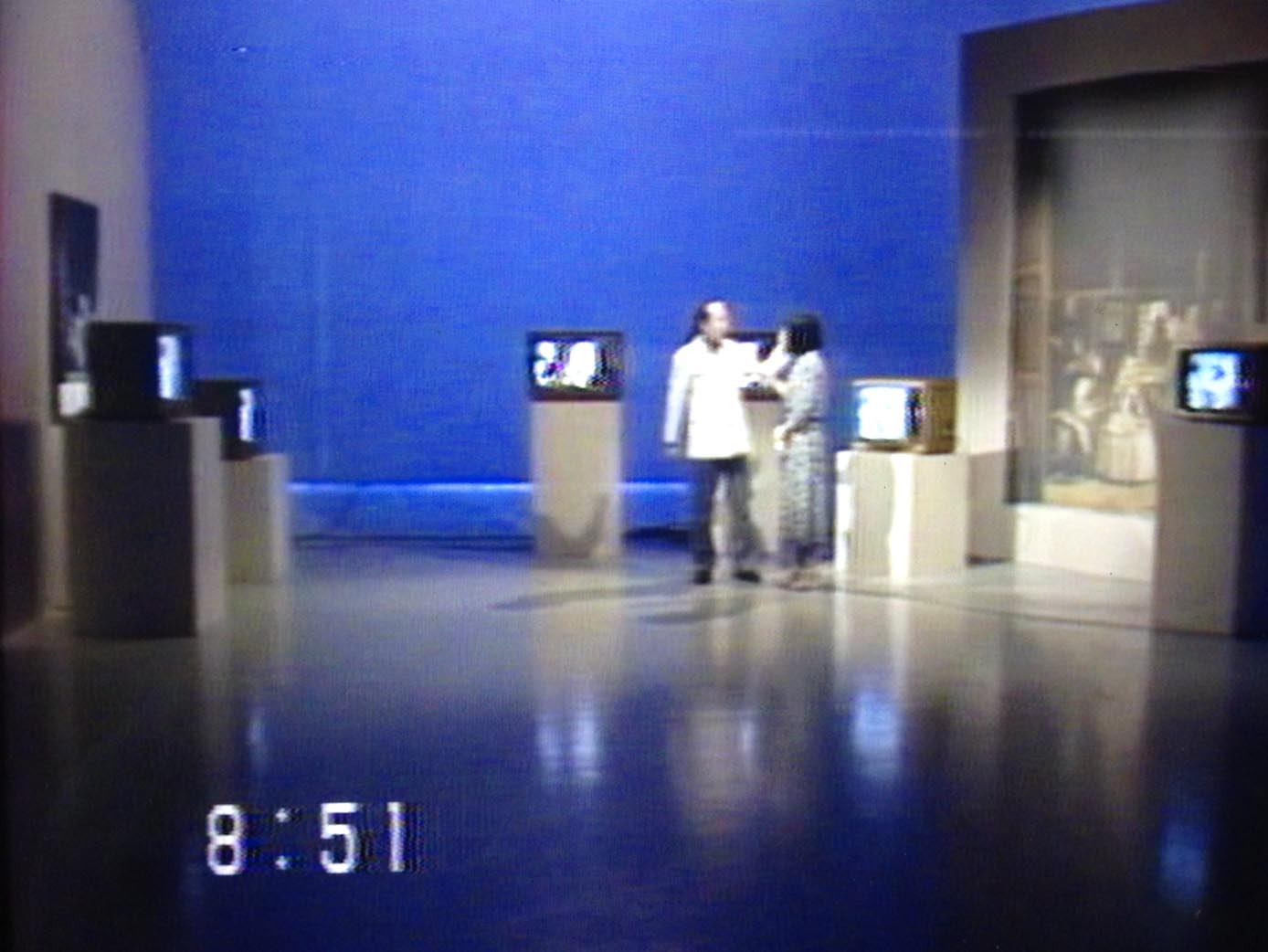
Katsuhiro Yamaguchi, Las Meninas, 1974-75
In the first iteration of this exhibition at OCAT Shanghai, a partnership with the Nam June Paik Art Center in Korea enabled a streamed a live broadcast of the iconic Nam June Paik video installation TV Buddha, (1974-2002) that was projected in the entry foyer of the exhibition. The projection was a provocation to question the video medium within the context of the exhibition – the liveness of the medium, the distortion of time and space, the tension between illusion, reality and authentic experience, the conceptual strategies used to subvert the medium, and the dynamics connecting local and global aspirations.

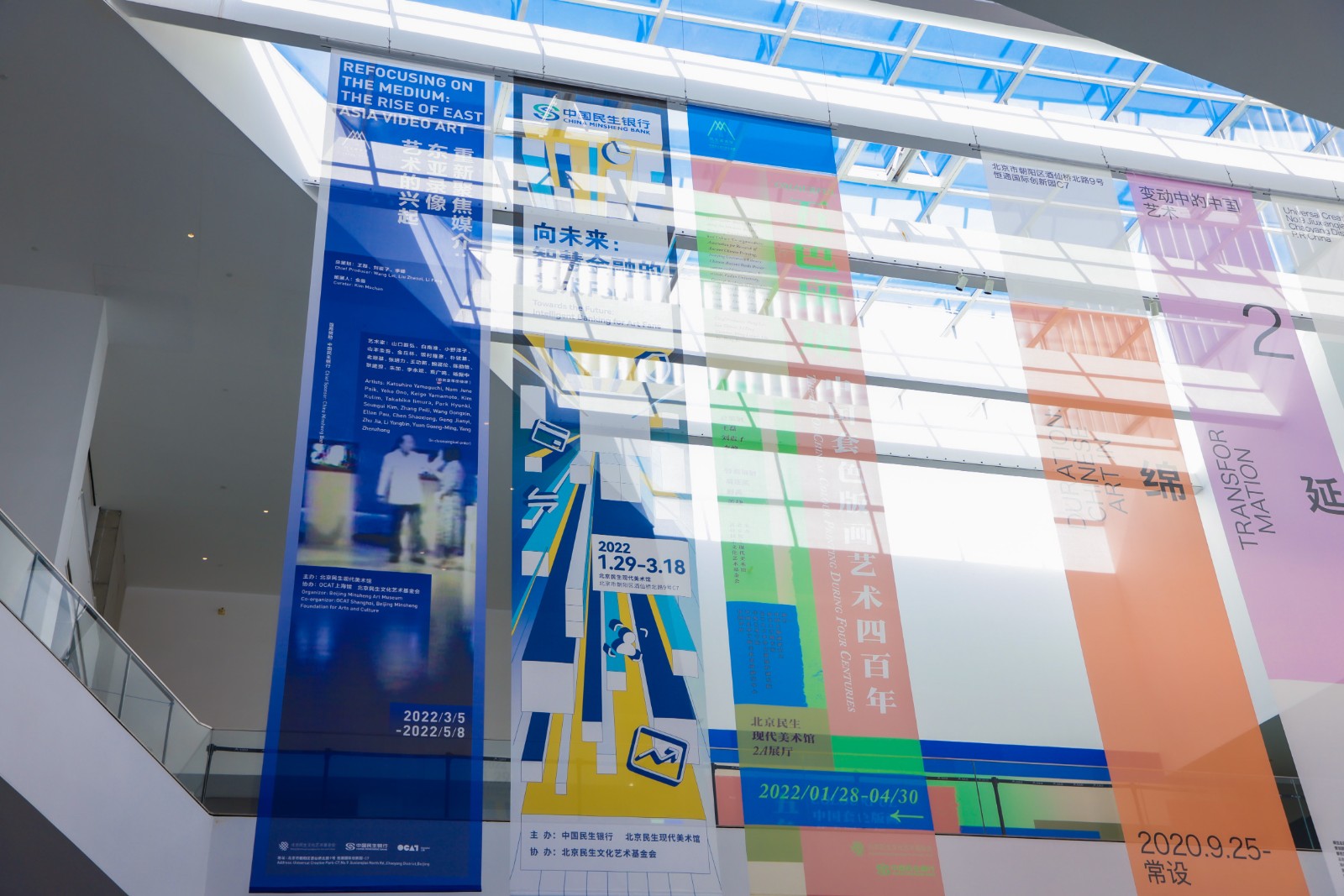 Exhibition View
Exhibition View
The frontline title “Refocusing on the Medium” is intended to trigger thoughts about the way the video medium is used and how we might observe it. Once we begin to compare the art works use of the video medium, we are activating our perception in different ways that extend beyond a narrative reasoning that is the basis of film and cinematic histories. The exhibition begins with art works engaging with CCTV in order to demonstrate the greatest contrast between video and the traditions of film and cinema thereby resetting audience expectations and assumptions about the video medium and how we experience it. The defining quality of CCTV is the liveness of the imagery. It is not a record of time past, but an experience of the present moment, electronically rendered, creating a gap between the actual and an altered experience in space. This was a conceptual ‘treasure chest’ for artists to consider and experiment with when the technology first became available along with the portability of the video recording apparatus and other characteristics unique to video such as in-camera editing, record-over, live monitor viewing, and durational recording.
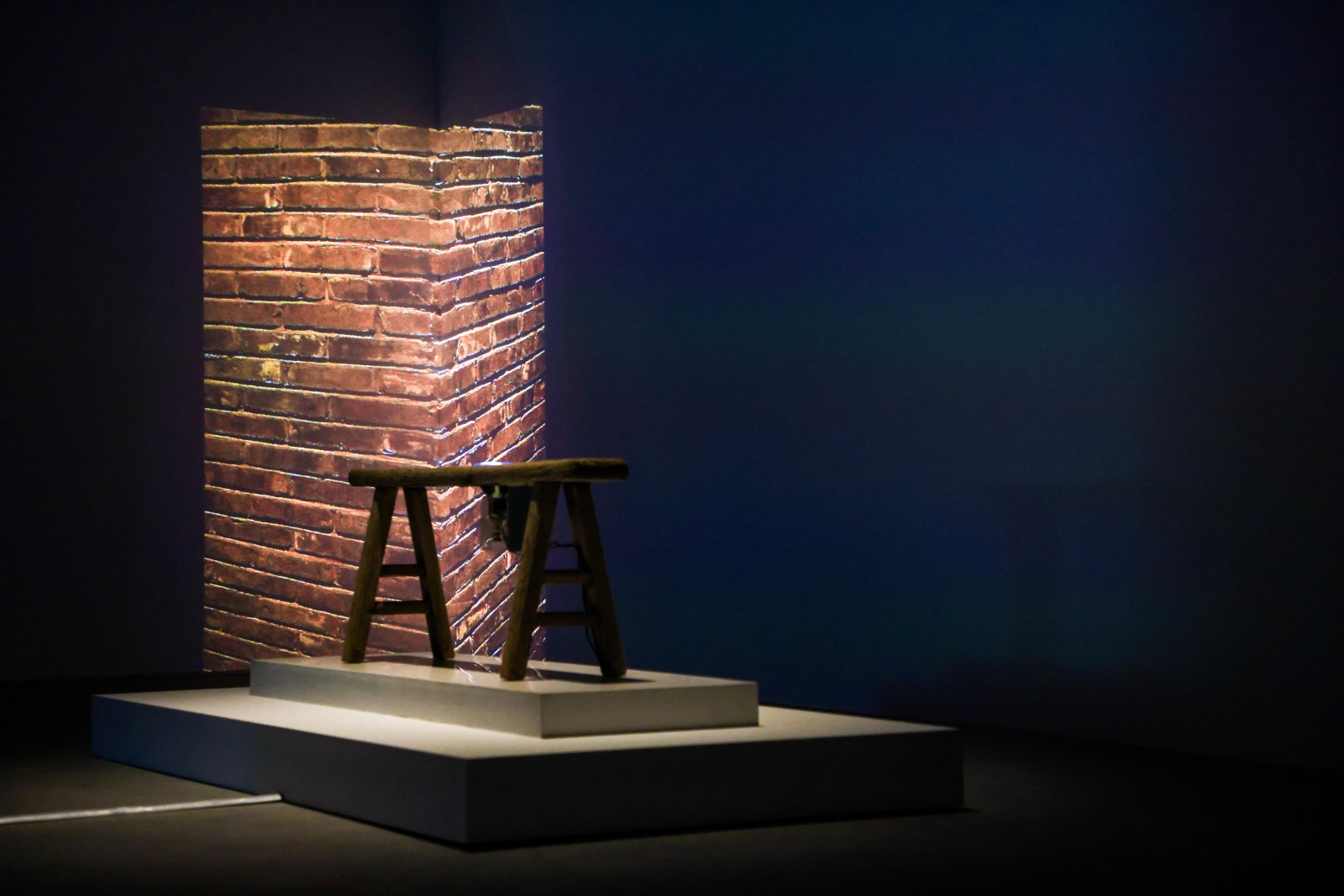 Exhibition View
Exhibition View  Wang Gongxin, Two Square Meter Space, 1995-2020
Wang Gongxin, Two Square Meter Space, 1995-2020
We open this exhibition with what is credited as the first video artwork by Nam June Paik, Button Happening, 1965. Made on the first day the artist acquired his first access to a portable video recorder. This rarely seen video shows us Paik’s initial response and impulse to create a video artwork. Since that moment a prolific number of art works have been produced globally in an age where screen culture is ever present and dominant.
Entering the exhibition works using CCTV such as, Katsuhiro Yamaguchi’s installation Las Meninas (1974-1975), Yoko Ono’s Sky TV (1966-2020), and Wang Gongxin’s Two Square Meter Space (1995-2020), call to attention the viewer as an active participant with a spatial relationship to or within the artwork. This spatial awareness is something to consider in all the works, not just the CCTV artworks. Each of the works has an expanded context, in other words a spatial relationship that exceeds the individual screen, monitor or projection demonstrating physical and conceptual spatial strategies. Each work puts forward a different approach to the video medium prompting further questions about the mediums’ unique characteristics and the experimental contributions made by artists with their origins in East Asia.
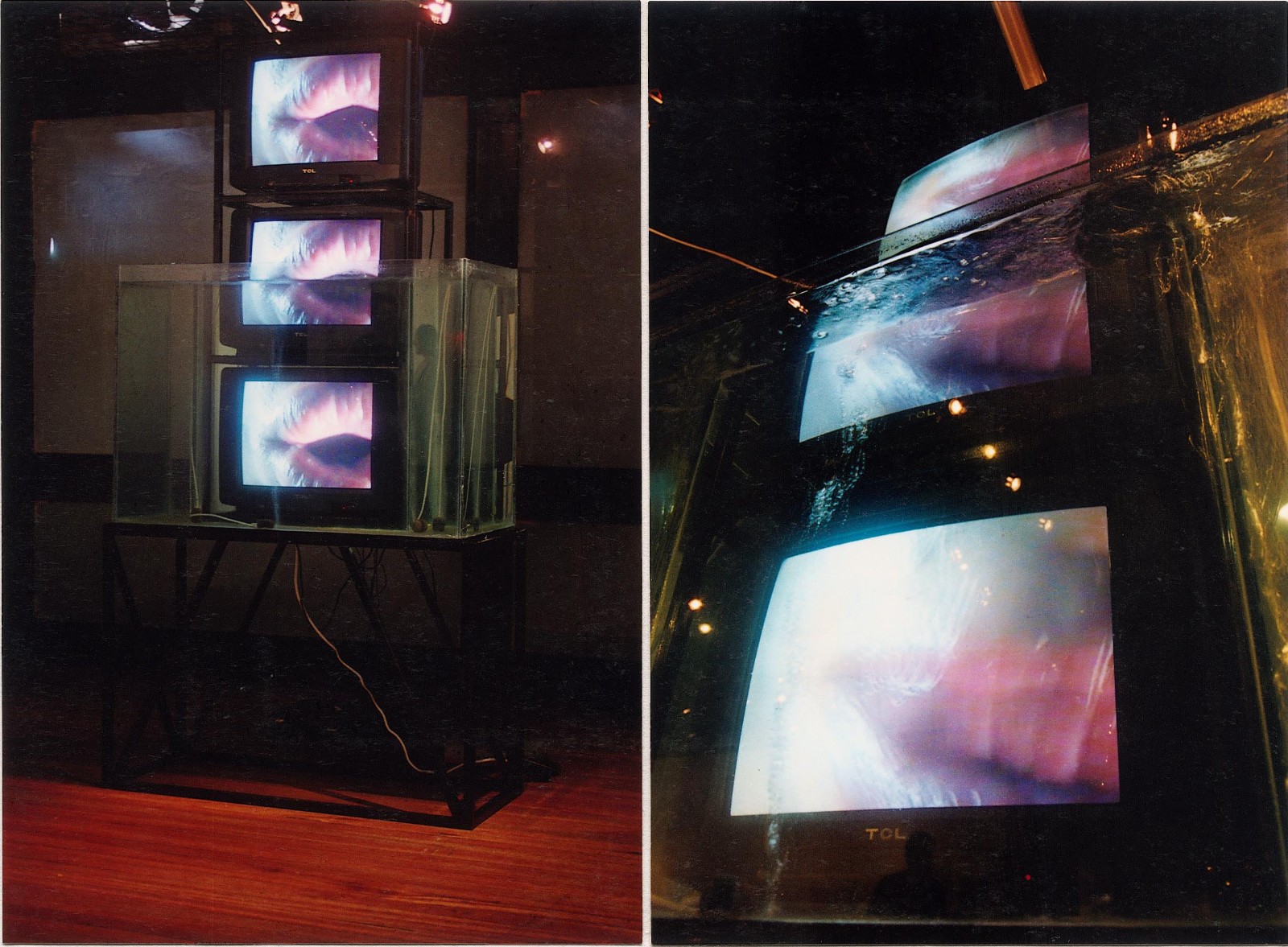 Yang Zhenzhong, Fish bowl, 1996
Yang Zhenzhong, Fish bowl, 1996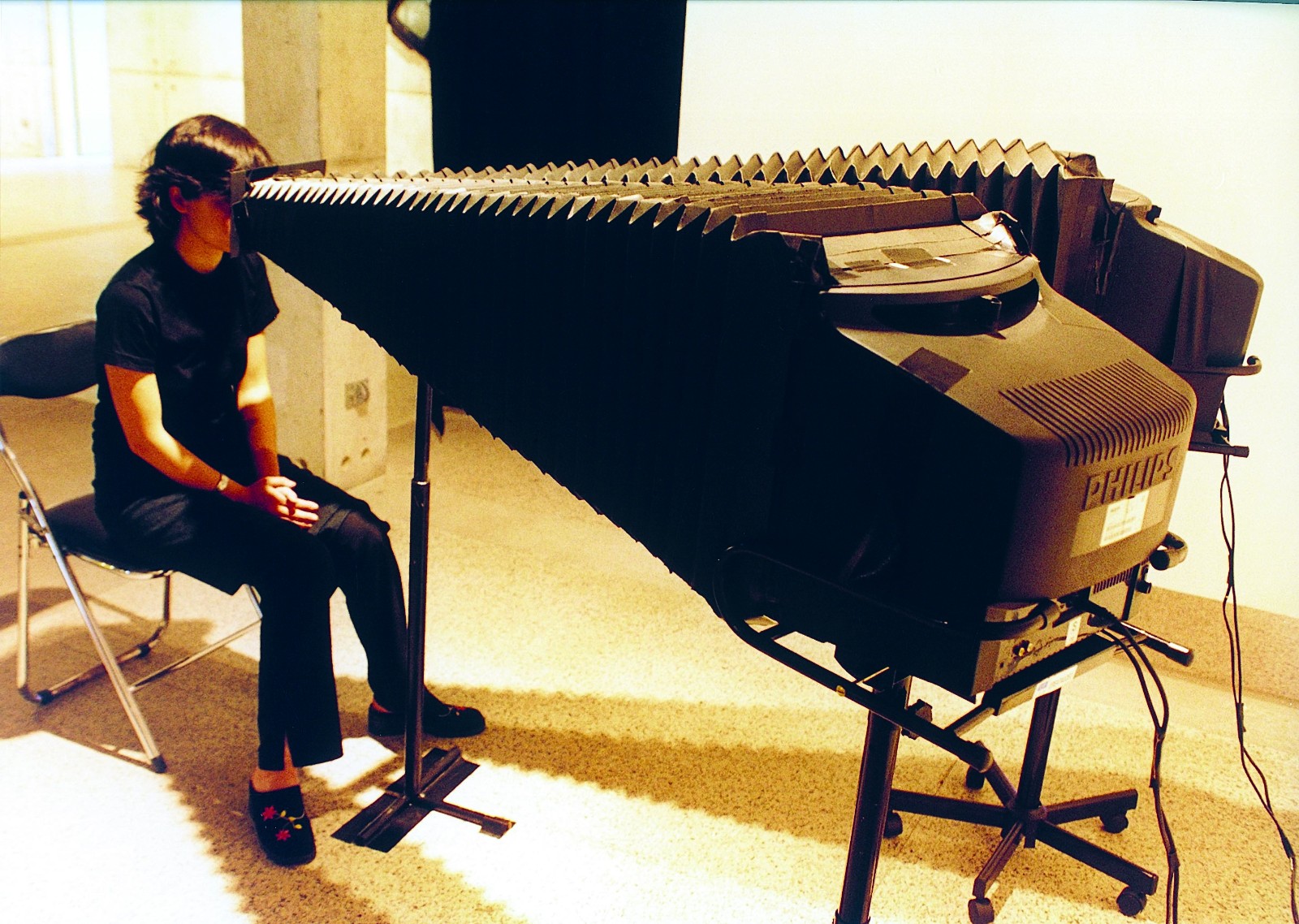
Chen Shaoxiong, Sight Adjuster 3, 1996 Exhibition View
Exhibition View
Several artworks such as Takahiko Iimura’s This is a Camera that Shoots This, (1980), and Zhang Peili’s Focal Distance, 1996, deconstruct the camera apparatus, the experience of screen representation and space through subverting the expected use of the video camera and monitor.
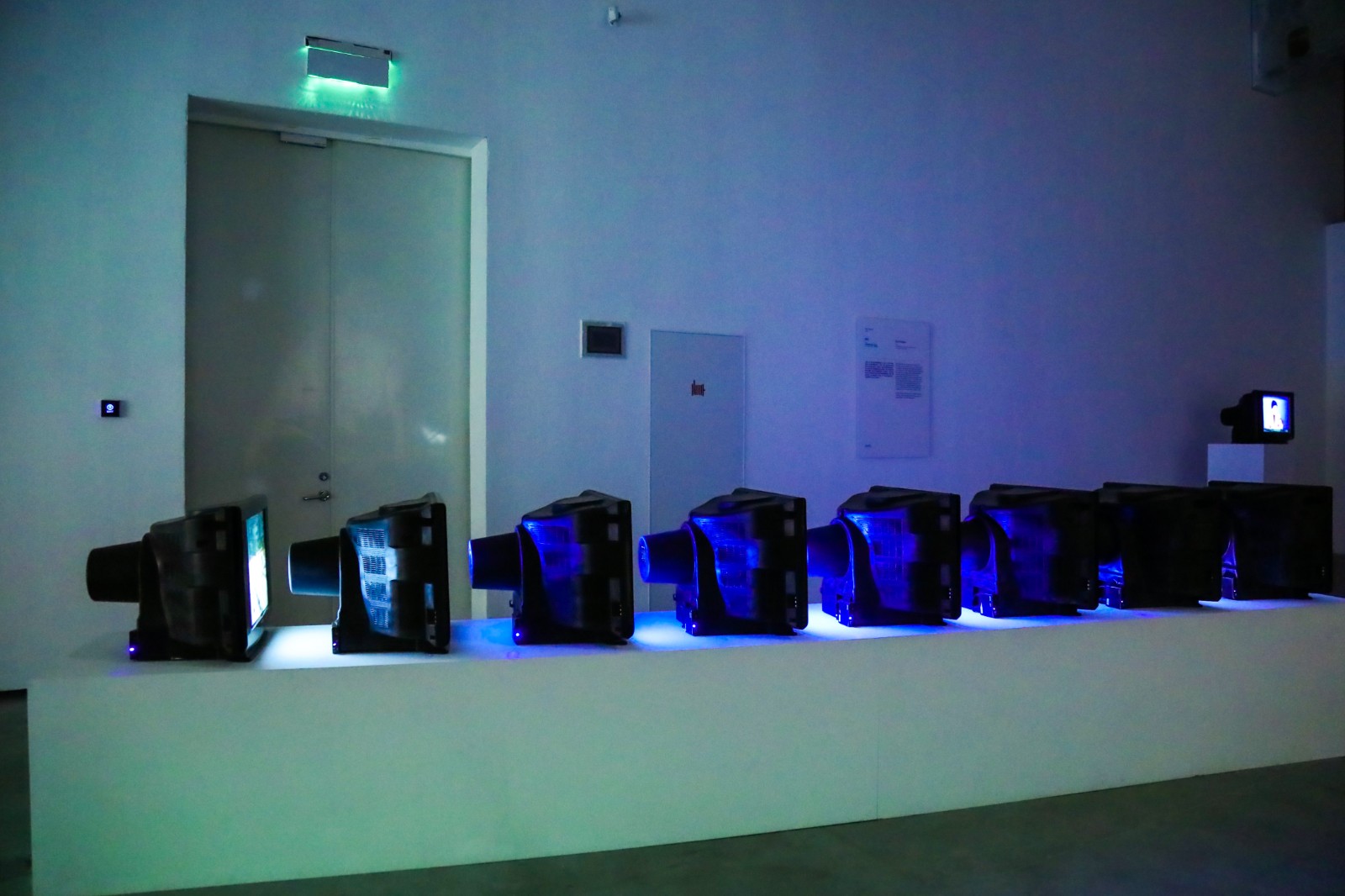
Zhang Peili, Focal Distance, 1996
Zhu Jia, Related to Environment, 1997
The works in this exhibition are but a few select examples coming out of an enormous field of accomplished video experiments by artists rising from East Asia. Through these works I hope viewers will tune into a fresh way of thinking and seeing the video medium.
Text by Kim Machan, Curator
About the exhibition
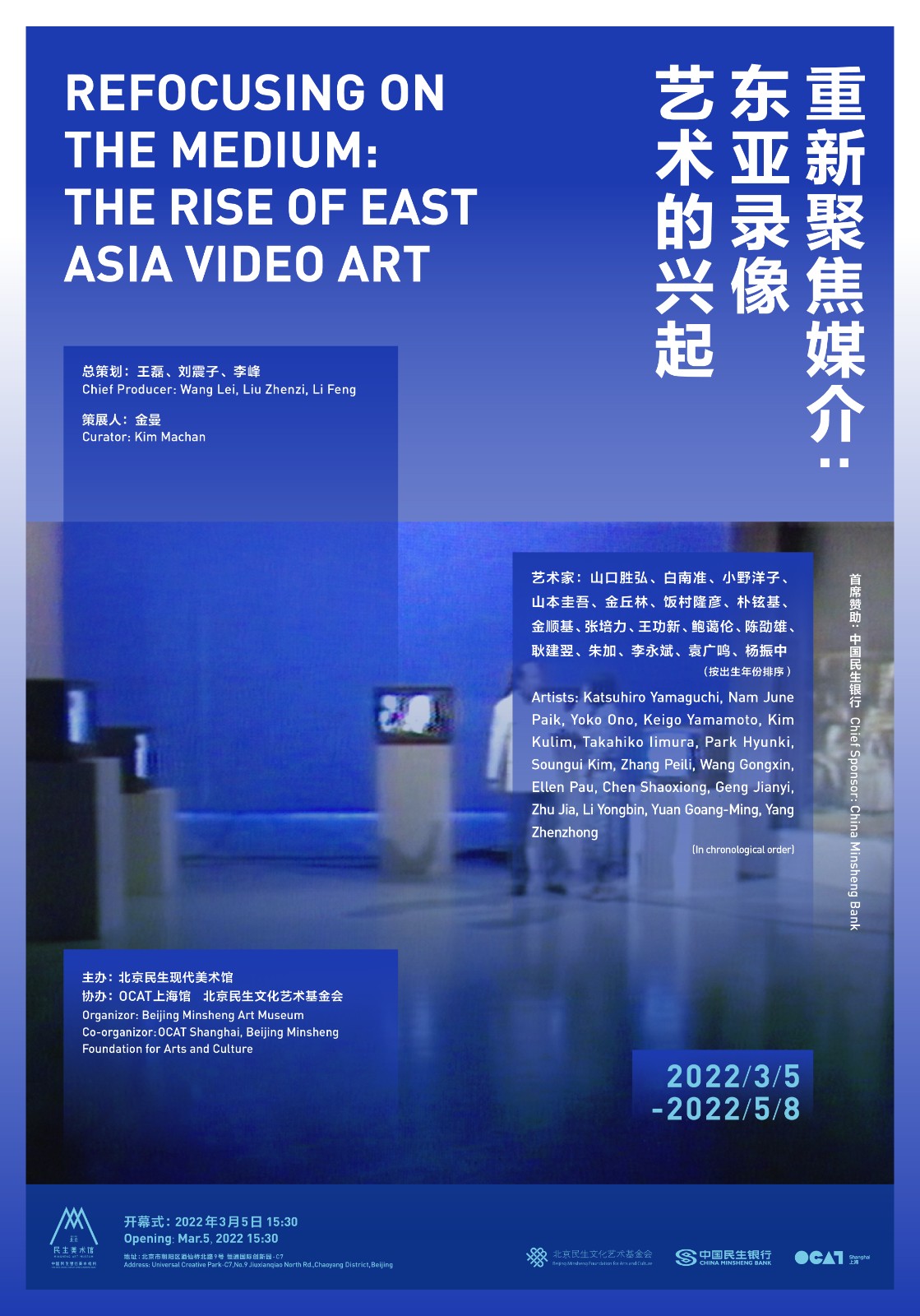
Curator: Kim Machan
Chief Producer: Wang Lei, Liu Zhenzi, Li Feng
Dates: March 5-May 8, 2022
Venue: Beijing Minsheng Art Museum
Artists: Katsuhiro Yamaguchi, Nam June Paik, Yoko Ono, Keigo Yamamoto, Kim Kulim, Takahiko Limura, Park Hyunki, Soungui Kim, Zhang Peili, Wang Gongxin, Ellen Pau, Chen Shaoxiong, Geng Jianyi, Zhu Jia, Li Yongbin, Yuan Goang-Ming, Yang Zhenzhong (In chronological order)
Courtesy Beijing Minsheng Art Museum.




























